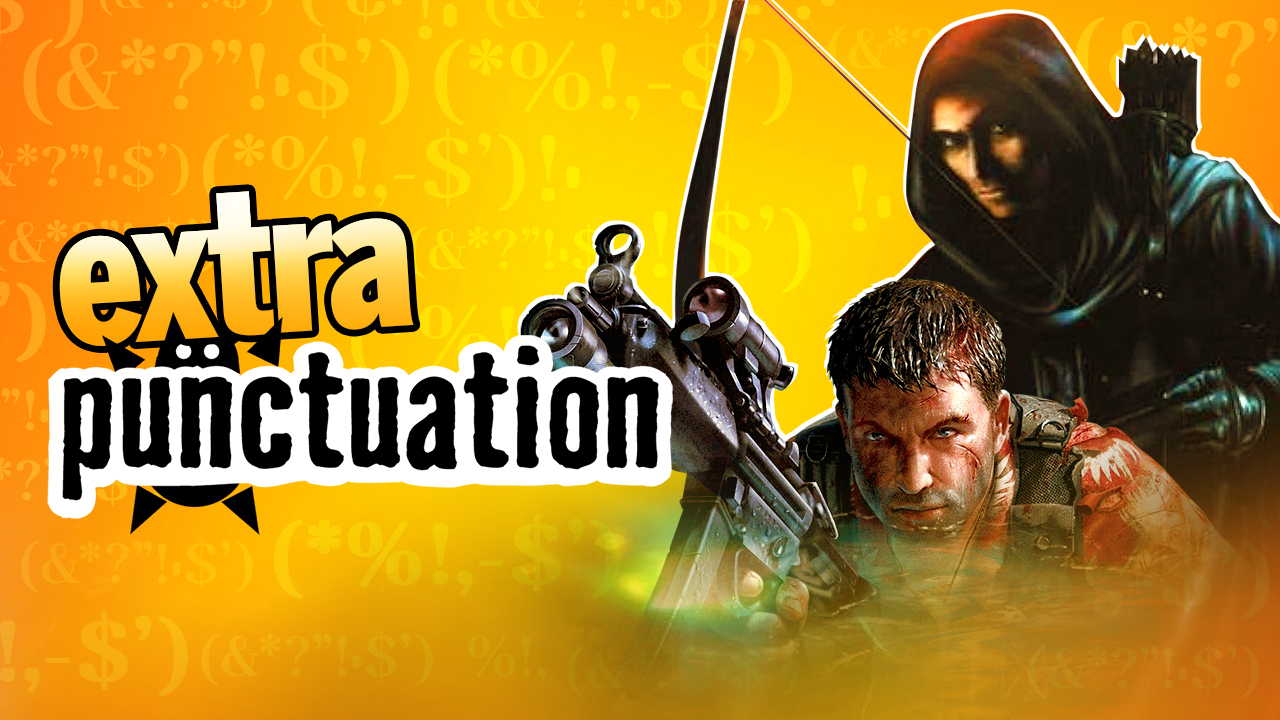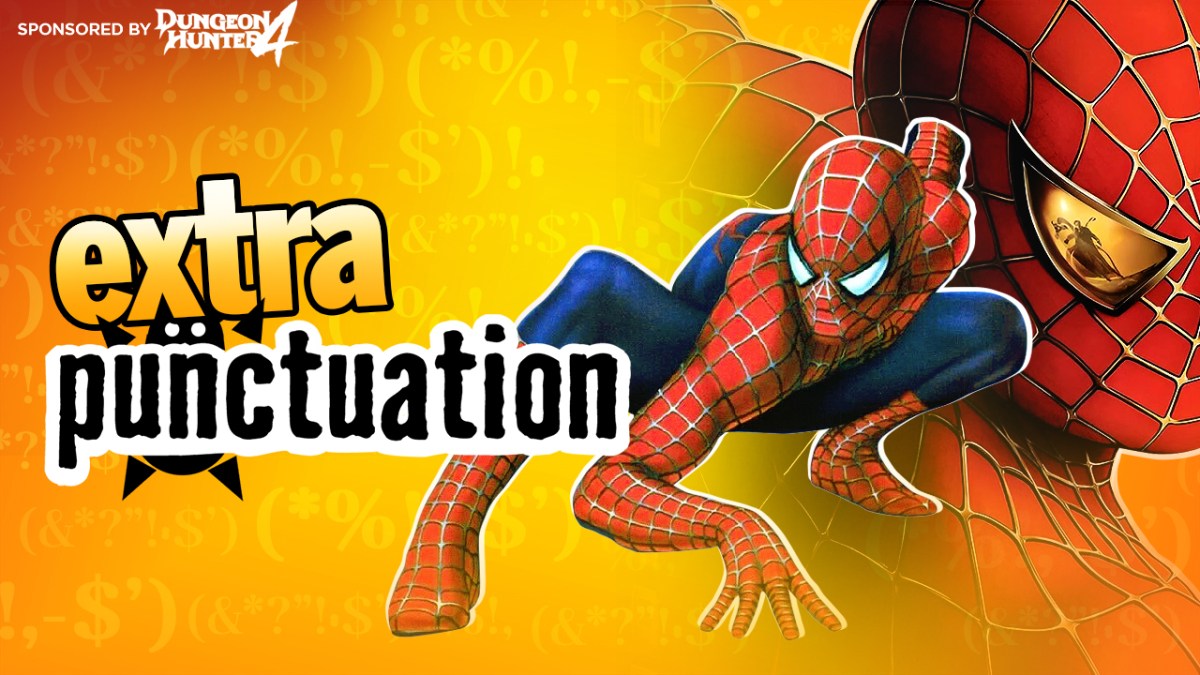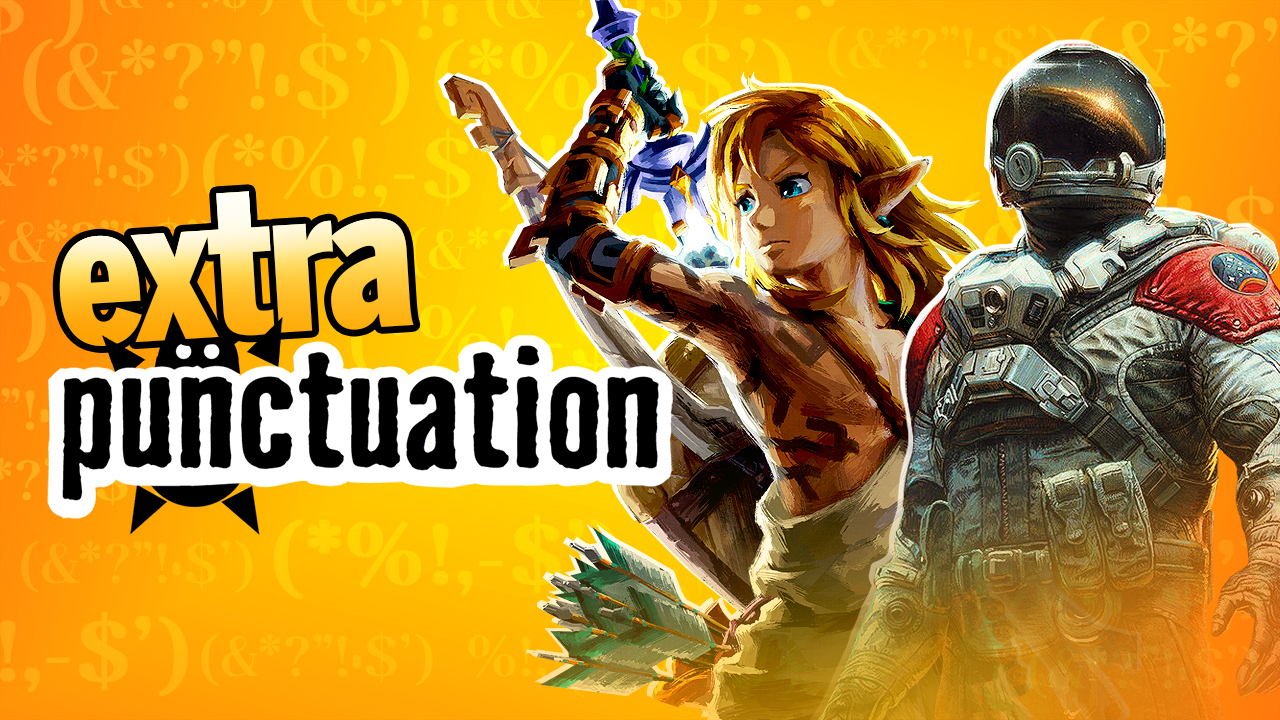
BioShock 2 inevitably made me think of BioShock 1, and BioShock 1 always makes me think of intro sequences. I’m just going to come right out and say it: BioShock 1 has the best intro sequence ever. And I don’t say those words lightly. The term ‘Best/worst X Ever’ tends to get thrown around too casually these days, as referenced in The Simpsons by that one character who I suspect is a dig at my entire demographic. Very few commercial games could be called the Worst Game Ever. Not when you factor in ET for the Atari 2600, or any number of the 1-star-rated games on Newgrounds (and you should see some of the dross they give 5 stars to on that fucking site).
But I really think that BioShock 1 could have the best intro sequence in the entire history of gaming, at least until I remember a better one. It’s not just about having a cool cinematic. A cool cinematic could just as easily open a decent movie, and the essence of video games is interactivity. Interactivity is the unique selling point of gaming as an artistic medium, the thing that sets it apart from every other form of storytelling, and which should therefore be emphasized. I feel this point needs laboring because some developers still don’t seem to get it and it’s what makes playing Metal Gear Solid games so fucking frustrating.
Video games are nothing if not structurally flexible so it’s hard to give a general rule as to where an intro ends and the game proper begins. I’m tempted to say it’s the point when you fight your first enemy outside of tutorials or scripted encounters, but this still doesn’t apply to games like God of War 2 where the entire first level is the intro. But in the case of BioShock 1, I would argue that the intro consists of the opening cinematic, the lighthouse, the trip down to Rapture and the injection of your first plasmid.
The cinematic portion is brief and simple. You’re on a plane (giving a little monologue which I always thought was unnecessary and a bit too movie-trailer-voice-over-y, but oh well, pobody’s nerfect), it crashes into the ocean, you struggle to swim upwards amid falling debris and reach the surface just before your lungs give out. As you break surface, there’s a seamless transition to non-cinematic in-engine gameplay. You swim away from the burning wreckage, and in an extraordinary bit of providence, find a mysterious lighthouse extruding from the waves mere yards away.
Of course there’s only one path the game lets you take, but that’s beside the point. Yeah, an unplayable cinematic could have conveyed the exact same story, but by letting us take control and explore the path as much or as little as we want, our own personality is ascribed onto our movements. Sorry to trot my favorite word out again but it’s great immersion, plain and simple.
Then there’s the descent to Rapture, with Andrew Ryan’s excellent monologue (is a man not entitled to the bish of his bosh, etc.) before the big reveal of the glorious undersea city itself, like some art deco Atlantis unfolding below our vessel. It’s the changes of mood that really do it for me. From a position of vulnerability and hopelessness we find hope, then wonder, then the realization that we’ve actually been dropped into an even bigger frying pan than the previous one.
BioShock 2, meanwhile, opens with an unplayable cinematic where you witness in first-person a pre-downfall Rapture before the main villain uses a hypnosis plasmid to make you shoot yourself. And after the first game’s example, it was disappointing. Non-playability in first-person shouldn’t go on too long, because it breaks immersion from the word go. Imagine if it had been fully interactive – we could have gotten a good look at Rapture in its heyday, stopped at the bar for some of those cheese-and-pineapple cocktail nibbles, then gotten pulled into the first hectic fight and introduction to Big Daddy combat mechanics. Then comes the hypnosis plasmid, and suddenly you’re powerless, interactivity taken away, frantically smashing at the buttons trying to stop yourself as the gun barrel inches closer and closer to your temple. Maybe it could have brought up a tutorial box saying PRESS RIGHT TRIGGER TO SHOOT, and the game couldn’t continue until you’d done it. It would have been a nice pseudo-callback to the first game’s marvelous deconstruction of the whole linear gameplay thing.
The intro as it stood wasn’t completely awful, but I definitely feel an opportunity was missed. Still, it could’ve been worse. At least it didn’t just ask us if we were a bad enough dude to rescue Eleanor Lamb.
Meanwhile, Fun Space Game: The Game (still a working title) needs a plot
You can’t be taught the right way to write, it depends on what works for you. That’s why I dropped out of high school. Personally, I never work out the full details of stories before I start writing them, because I find there’s no faster way to lose interest. I just throw some characters into a situation and see what happens. The plot, themes and conclusion come to me over time, and once I’m finished I’ll go back to the start and tie the early bits into it better. That’s how I wrote Mogworld (to be published by Dark Horse in August don’t forget plug plug) and that’s how I’ll write Fun Space Game: The Game.
With game development, I start with an opening level as a sort of proof of concept for the core gameplay mechanics, which also doubles nicely as a tutorial for the player. In the case of FSG:TG, we open with our scavenger hero (still unnamed) searching the wreckage of a large ship for collectible salvage. Then a big hostile ship arrives and the player must hide amongst space rocks and debris.
And with even these bare parameters, the plot almost fills in the blanks by itself. The big ship is probably allied to the ruined ship, so they attack you to stop you stealing their stuff. If they’re doing that they must be fanatic about protecting their technology, since you’re just one tiny independent operator and they’re basically doing the equivalent of using a katana to swat a fly off the cup cakes. So we’ve got our first big player in this fictional universe – a vast navy of fanatics that obsess religiously over technology.
One idea for a gameplay mechanic I had was flying down a long narrow tunnel, weaving around obstacles, to reach the bonus in the center. That’s the Luke Skywalker-Death Star thing. So I designed an enemy spaceship based around that – two long tunnels forming a cross, allowing 4 possible paths to the center. Then I put a circular weapons platform around the outside to bulk it up a bit. And then I found I’d independently reached the wheel-shaped spaceship concept from 2001: A Space Odyssey, which I’m fairly sure makes me exactly as clever as Stanley Kubrick.
And then I realized that I now had a name for my technocrat baddies: Wheel. What better symbol for a technology-worshipping faction than the very first machine?
Of course, this has mostly been extremely loose planning for the future, and at time of writing all there actually is in the game is one salvage crate and a big asteroid I don’t even like. But at least now I can put a logo on the salvage crate.
Yahtzee is a British-born, currently Australian-based writer and gamer with a sweet hat and a chip on his shoulder. When he isn’t talking very fast into a headset mic he also designs freeware adventure games and writes the back page column for PC Gamer, who are too important to mention us. His personal site is www.fullyramblomatic.com.






Published: Mar 9, 2010 05:00 pm